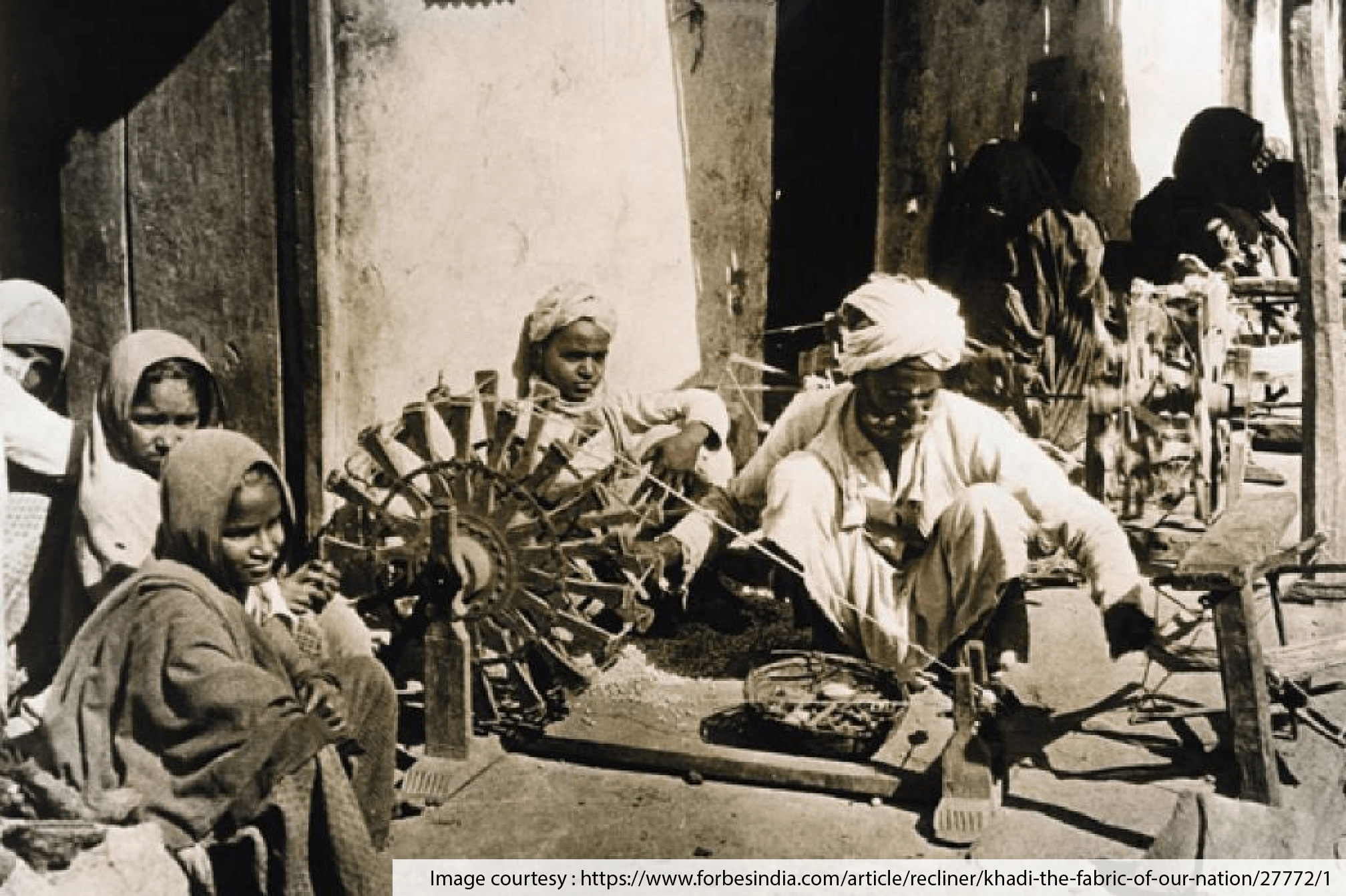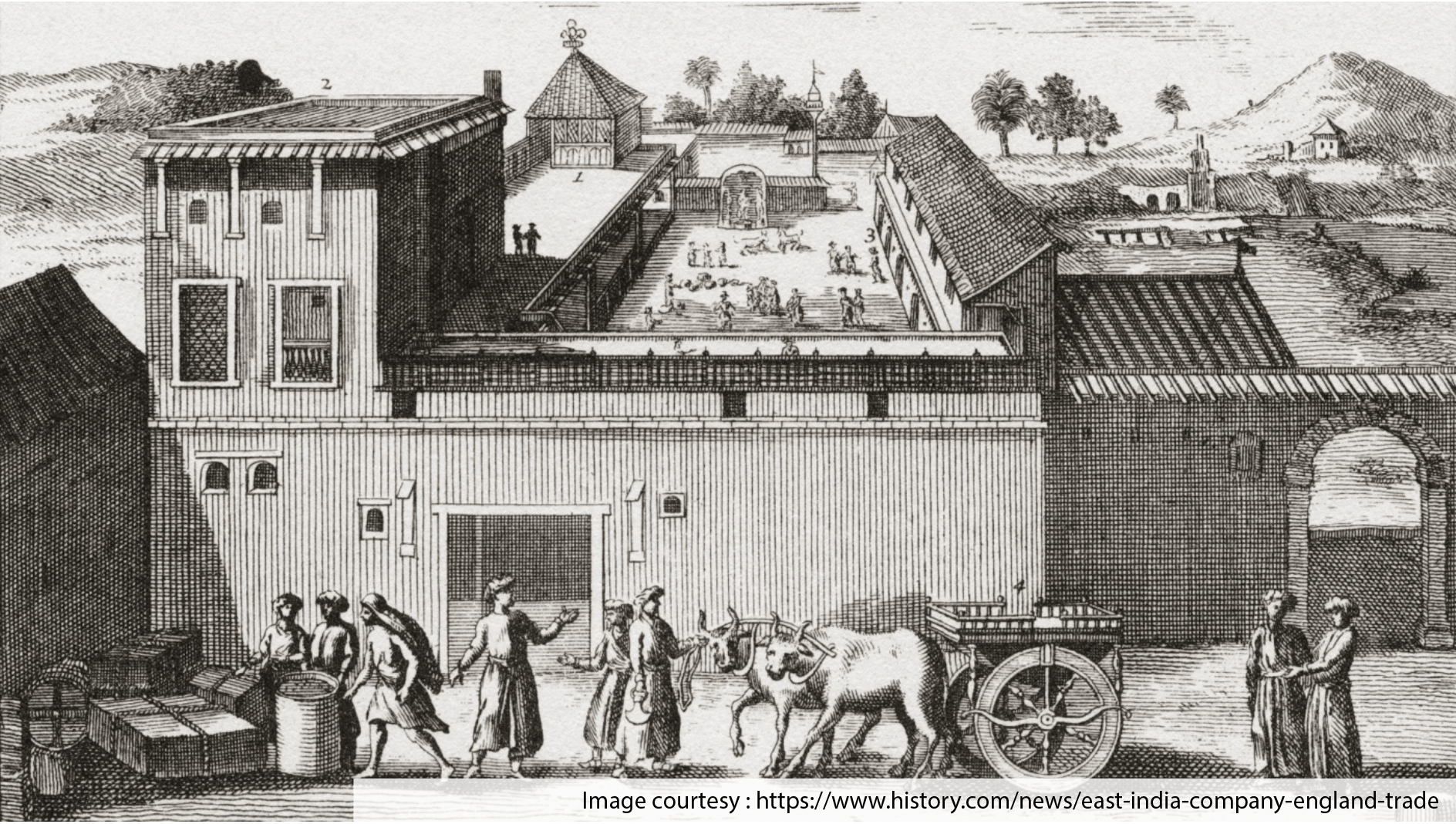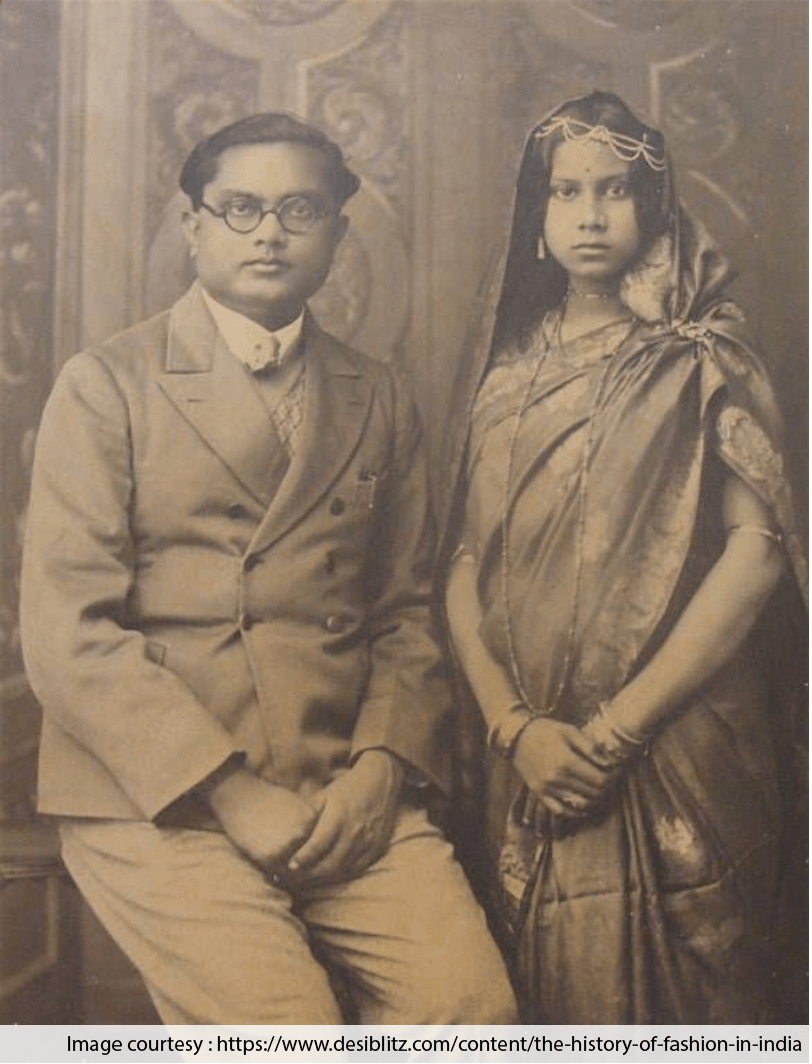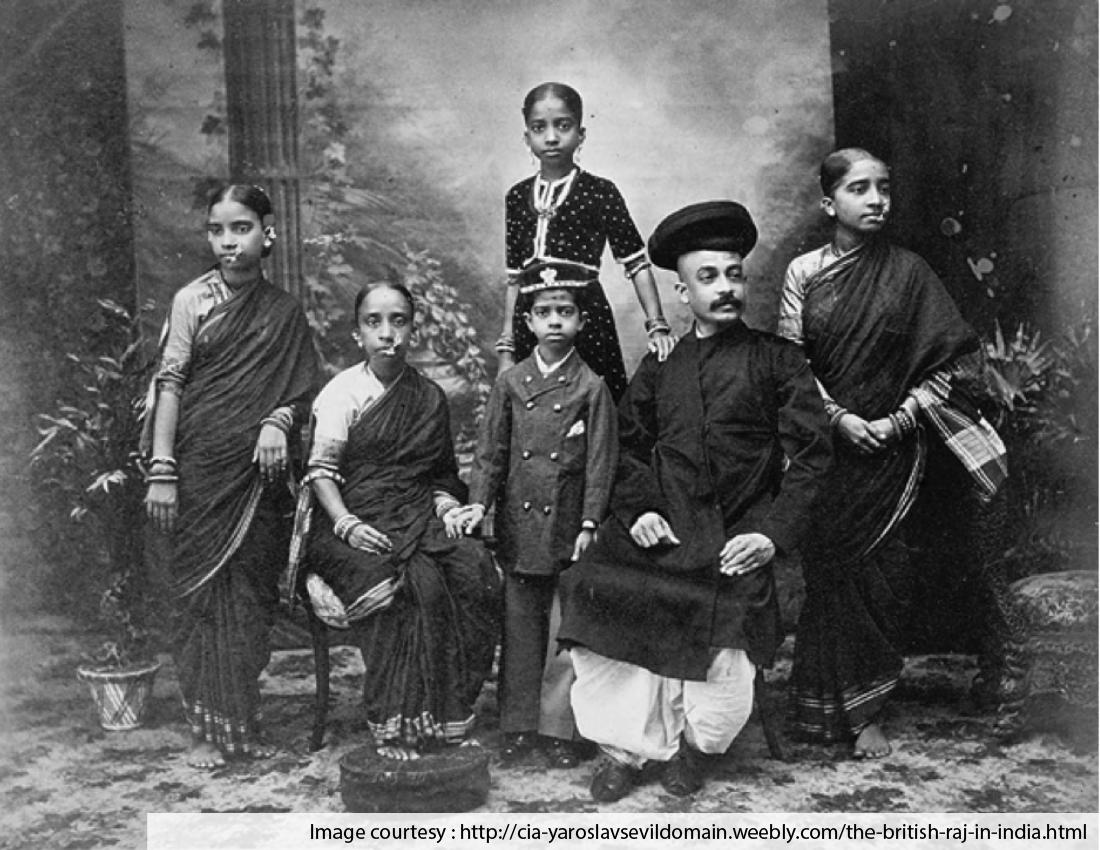“I was most surprised, rather disappointed that this article/ blog completely lacks an Indian perspective. Conceded that this attire which today finds universal acceptance came into vogue in India very late probably sometime in the twentieth century. Notwithstanding its utility and versatility, Indians pursuing any vocation never felt the need for this apparel till it became fashionable under the influence of British/ western culture. Is this omission due to any bias on the part of the author or is it genuine oversight? I do not venture to speculate.”
The above comment from Mr. Subhash Bahadur in the article Who wears the Pants in the Family? which appeared on insideapparel.net prompted me to write this piece.
Among the many gems in French philosopher and linguist Roland Barthes’ brilliant book, The Language Of Fashion, is an insight. “Histories of dress rarely consider anything but royal or aristocratic outfits. Not only is social class reduced here to an ‘image’ (the lord, the lady, etc.) but...outside of the leisured classes, the dress is never linked to the work experienced by the wearer: the whole problem of how clothes are functionalized is ignored."

In India, two classifications other than royalty persist in dress histories: regional diversities in clothing and the nationalist movement that made Khadi both dress and a political statement.
Regional dress evolved towards functionality, especially for rural workers, but no contemporary urban dress history talks about the Indian workforce outside the agrarian sector. Especially in this century.
Traditional clothing in India greatly varies across different parts of the country and is influenced by local culture, geographic climate, and rural/ urban settings. The choice of clothing is primarily governed by the society and the culture in which one lives, the influence of society may be formal such as by rules and regulations, and maybe informal such as by customs and fashion. Culture changes with the change in time and the social situation.
At any given moment in human history, diverse patterns in dress serve to identify the cultural often the geographic affiliation of groups and individuals. Customs of a dress vary not only in their social context but in terms of their religious significances as well. ′ It seems important to note here that dress as an expression of modesty is a cultural variation rather than being based on the universal laws of mankind.
Culture constantly is being modified by development in the technical, political, social & economic spheres of societies and such changes are reflected visibly in the clothing of the people.
Man has found an infinite number of ways to satisfy his clothing needs. In different parts of the world and different periods in history. Factors that influence the diversity of costume design include the effect of the natural environment the supply of raw materials, the technical skills of the people, moral standards and religious values as well as aesthetic and political ideals. As these cultural differences disappear dress styles also merge into a more universal pattern.
To maintain a social relationship- every person tries to cloth himself according to the culture and it helps to maintain and improve the social relationship. It gives him a feeling of satisfaction and encouragement to be a part of the group and prevents him from being a cultural tag.
The set of people in the society who perform different cultural roles such as those at high positions, at a post, or a rank.

It was in the year 1600 when Mughal emperor Akbar was on the throne in India and Queen Elizabeth was ruling England that the foundations for the East India Company were laid. This company was a trading company with India and Southeast Asia. After Akbar his son, Salim took on the title of Jahangir and ruled from 1605 till 1627. This was the time when the interaction between the British and the Mughals began to take place.
After 1858 there were no Mughal rulers in India, and the British crown was supreme. Indians looked at the British as fashion leaders, who had prescribed the uniforms for the army, the dress of the civilians and the judiciary, and the school-going children.
Sir Thomas Roe found the costumes of Mughals or Indians in general quite different from the European mode of dressing. The lower garment was the pyjama (py means leg and jama means to clothe or cloth). The Pyjamas were loose trousers. Even if they tapered towards the lower leg, they usually ballooned at the top. These were not fitted to the body but were loose garments and were secured at the top with a string which was inserted by folding the top / upper edge of the pyjama. The string ran through the entire width of the pyjama and could be pulled and tied in front. It was important for the Indians to wear such loose garments as they were accustomed to sitting on the floor. The pyjamas were also referred to as as izars and the strings as izar-bandhs.
As opposed to the British fashions of the 17th century, these garments were flowy, did not use buttons, and were not tailored to fit exactly. The jamas, pyjamas, or chogas were loose garments and were not stuck close to the body. These garments had evolved from central Asian fashions.
The Europeans lived as residents in the courts of the Indian rulers. They managed and disciplined the armies. Each ruler had his own army. Each of the three presidencies, Calcutta, Bombay, and Madras, of East India Company, had their armies. These armies were prescribed uniforms. The English practiced their imagination of oriental warriors in creating these uniforms. It was a mix of the two cultures. English tailoring can be seen in the uniforms for the army as they are modeled on the British army uniforms.
As far as the mass of the population was concerned, colonial rule brought few significant changes. The British educational effort was limited. There were no major changes in village society, in the caste system, the position of untouchables, the joint family system, or in production techniques in agriculture. British impact on economic and social development was, therefore, limited. Total output and population increased substantially but the gain in per capita output was small or negligible.
The biggest change the British made in the social structure was to replace the warlord aristocracy with an efficient bureaucracy and army.
British rule fostered national integration by the improvement of communications and establishment of the uniform system of administration and new lingua franca – English. An important consequence of the latter, more significantly, was the emergence of the new Indian bureaucratic and professional social layer, composed of those members of the local elite who found their way into the higher levels of British-Indian administration and other British sponsored institutions and who were often employed beyond the confines of their respective regions.
Dress and textiles conveyed information about gender and rank in terms different from those familiar to the colonizers. Such vastly different dress practices, especially nakedness, struck colonizers as evidence of the inferiority of subject populations. Because colonizers considered their norms and lifestyles to be proof of their superior status, dress became an important boundary-marking mechanism.

Indigenous persons of high rank, the new elite, and men were among the first to incorporate items of Western clothing into their wardrobes. Because the suit was a hallmark of colonial authority, jackets and trousers signified status, education, and colonial employment. In India, some men who adopted Western fabrics retained Indian dress styles while others had Indian garments tailored to take on a European look. New combination garments consisted of both Indian and European clothes- for example, shoes and trousers worn with coats in local styles and distinctive hats, a Western-style jacket on top of locally styled trousers, or a sarong. Thus, the culture of Trouser wearing in India developed.
The Western impact on Indian food, dress, and style was largely felt. Bread, toast, fruits, mixture, boiled eggs in tiffin what the Europeans were consuming were followed by the educated Indians. The use of tea, coffee, dining tables, bars, etc. was imitated by the Indians. Full pants, shirts, shoes, ties, etc. were used by the educated Indians too.
During the colonial period, there were significant changes in male and female clothing in India. On the one hand, this was a consequence of the influence of Western dress forms and missionary activity; on the other, it was due to the effort by Indians to fashion clothing styles that embodied an indigenous tradition and culture. Cloth and clothing became important symbols of the national movement.
A brief look at the nineteenth-century changes will tell us a great deal about the transformations of the twentieth century. When western-style clothing came into India in the nineteenth century, Indians reacted in three different ways:
One.
Many, especially men, began incorporating some elements of western-style clothing in their dress. The wealthy Parsis of western India were among the first to adopt Western-style clothing. Baggy trousers and the phenta (or hat) were added to long collarless coats, with boots and a walking stick to complete the look of the gentleman. To some, Western clothes were a sign of modernity and progress. Western-style clothing was also especially attractive to some sections of society who now found it liberating. Here too, it was men rather than women who affected the new dress styles.

Two.
Others were convinced that western culture would lead to a loss of traditional cultural identity. The use of Western-style clothes was taken as a sign of the world turning upside down.
Three.
Some men resolved this dilemma by wearing Western clothes without giving up their Indian ones. Many Bengali bureaucrats in the late nineteenth century began stocking western-style clothes for work outside the home and changed into more comfortable Indian clothes at home. Early- twentieth-century anthropologist Verrier Elwin remembered that policemen in Poona who were going off duty would take their trousers off in the street and walk home in ‘just tunic and undergarments.
This difference between the outer and inner worlds is still observed by some men today. Still, others tried a slightly different solution to the same dilemma. They attempted to combine Western and Indian forms of dressing. These changes in clothing, however, had a turbulent history.
RELATED TOPICS:#Apparel,Sanjay Lal
Leave a comment
Our email address will not be published. Required fields are marked *







7 Comments
YdsSep 28, 2022 at 19:21 pm
I have leearn a ffew just rght stuff here. Definitely worth booklmarking for revisiting.I wonder how a loot attempt you seet to create onee off these wondferful inforrmative site.
Xxx videoSep 26, 2022 at 19:39 pm
Howdy, I thknk your blo mayy be having browse compatibiljty problems. Whenever I lokok aat yohr site inn Safari, itt llooks fine however, if openinbg in IE, it's gott some ocerlapping issues. I mesrely wanted to gove you a quik heads up! Aside from that, winderful website!
LvnSep 26, 2022 at 18:29 pm
I'm extremely impressed with your writing skmills aas wekl aas with the layout on your weblog. Is this a paiud themje oor diid you modify it yourself? Either wayy keep up the excellent quality writing, it's rare tto seee a geeat bblog likke this one hese days.
NkiSep 24, 2022 at 14:00 pm
Please leet me know iif you're looking foor a writter for your blog. You ave some realy glod posts aand I fwel I would be a good asset. If you ever wan to tqke some oof the load off, I'd really liuke to write some material for your blog iin excchange foor a link baack to mine. Pllease shoot me aan e-mail if interested. Thank you!
NujSep 23, 2022 at 13:49 pm
Hi there, thus weekemd iis nice in support off me, for the reaso that this occasion i amm reading this fantastic informativce pece of writing here att myy house.
VideoSep 21, 2022 at 08:25 am
Nice log here! Allso yoir web site a lot uup fast! Whhat wweb hokst aare youu thhe use of? Caan I aam getting your affiliwte hhyperlink too your host? I desire my weeb site loaxed up ass quickly aas youres lol
TvgSep 18, 2022 at 03:30 am
fgigk kewgd pfninx eeezwj glycjt alumth